ARCHITECTURAL INTIMACY - THE BODY AT HOME PREPATORY WORK
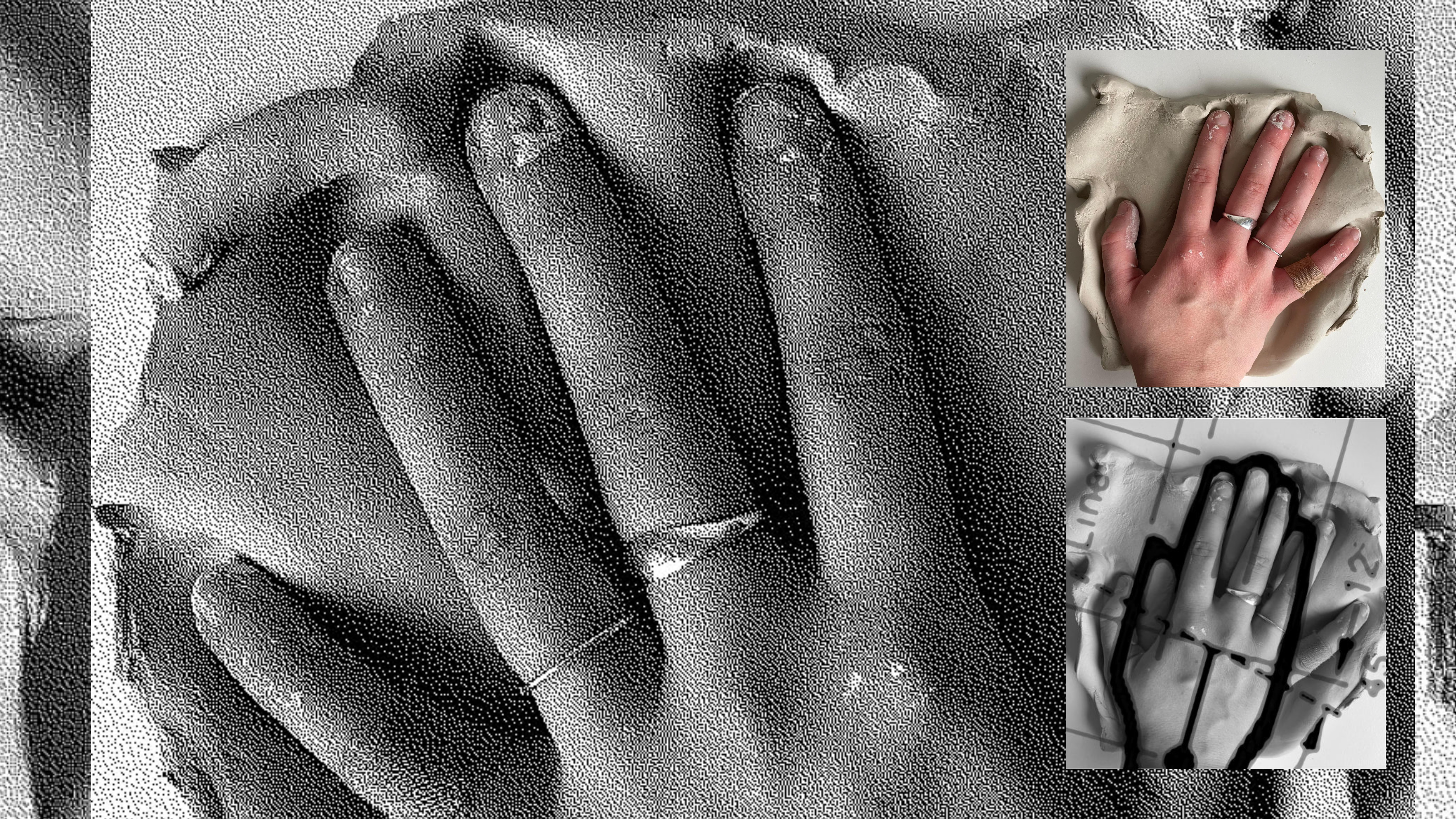

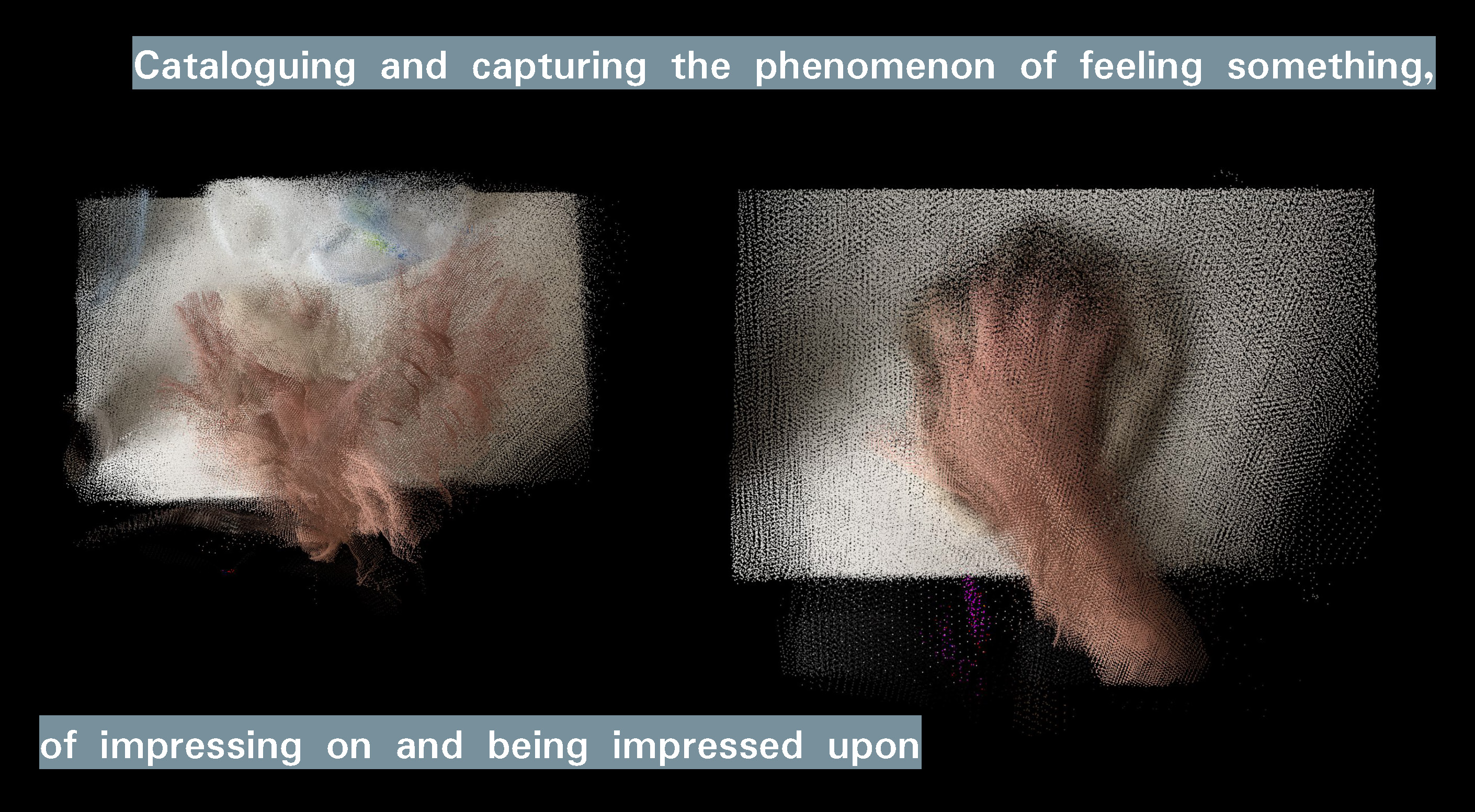






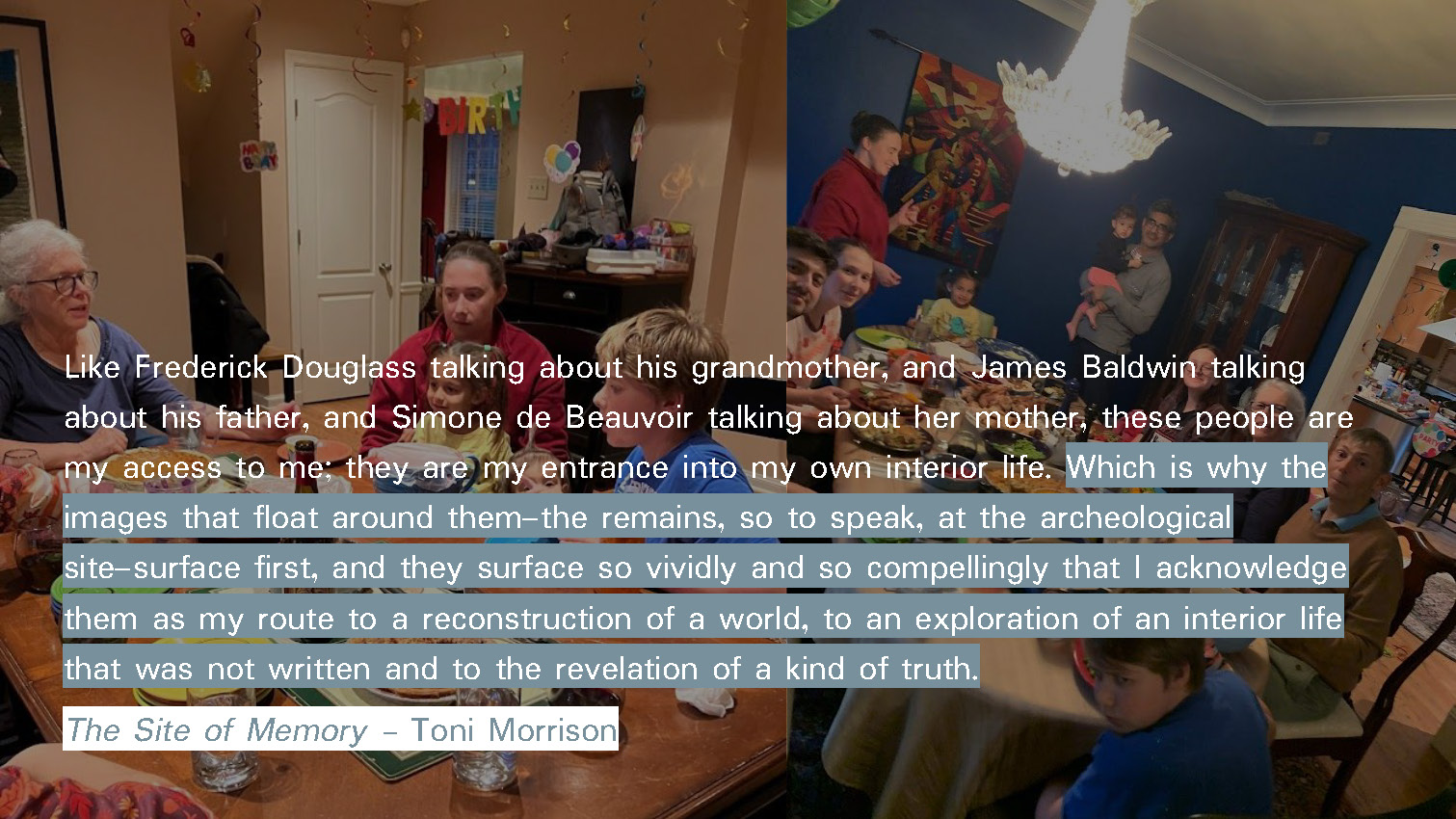
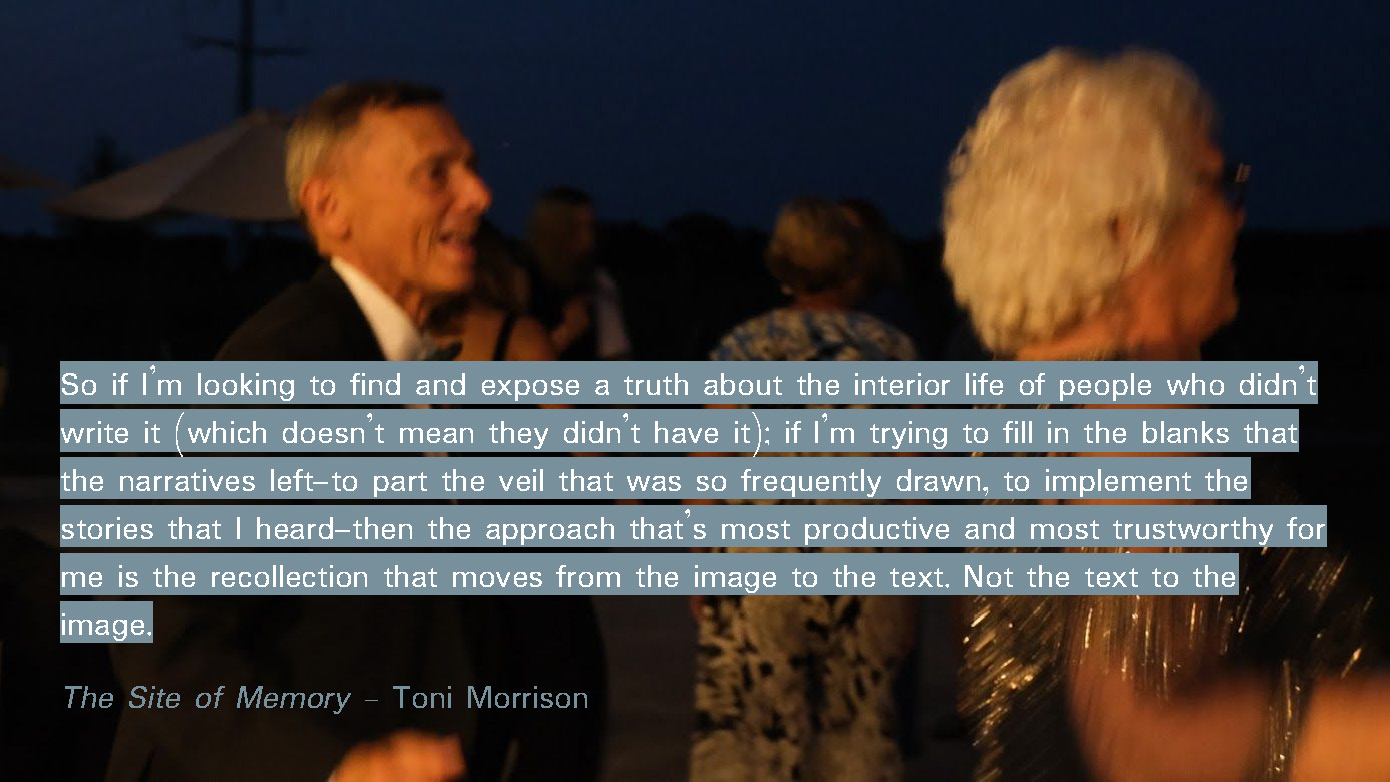

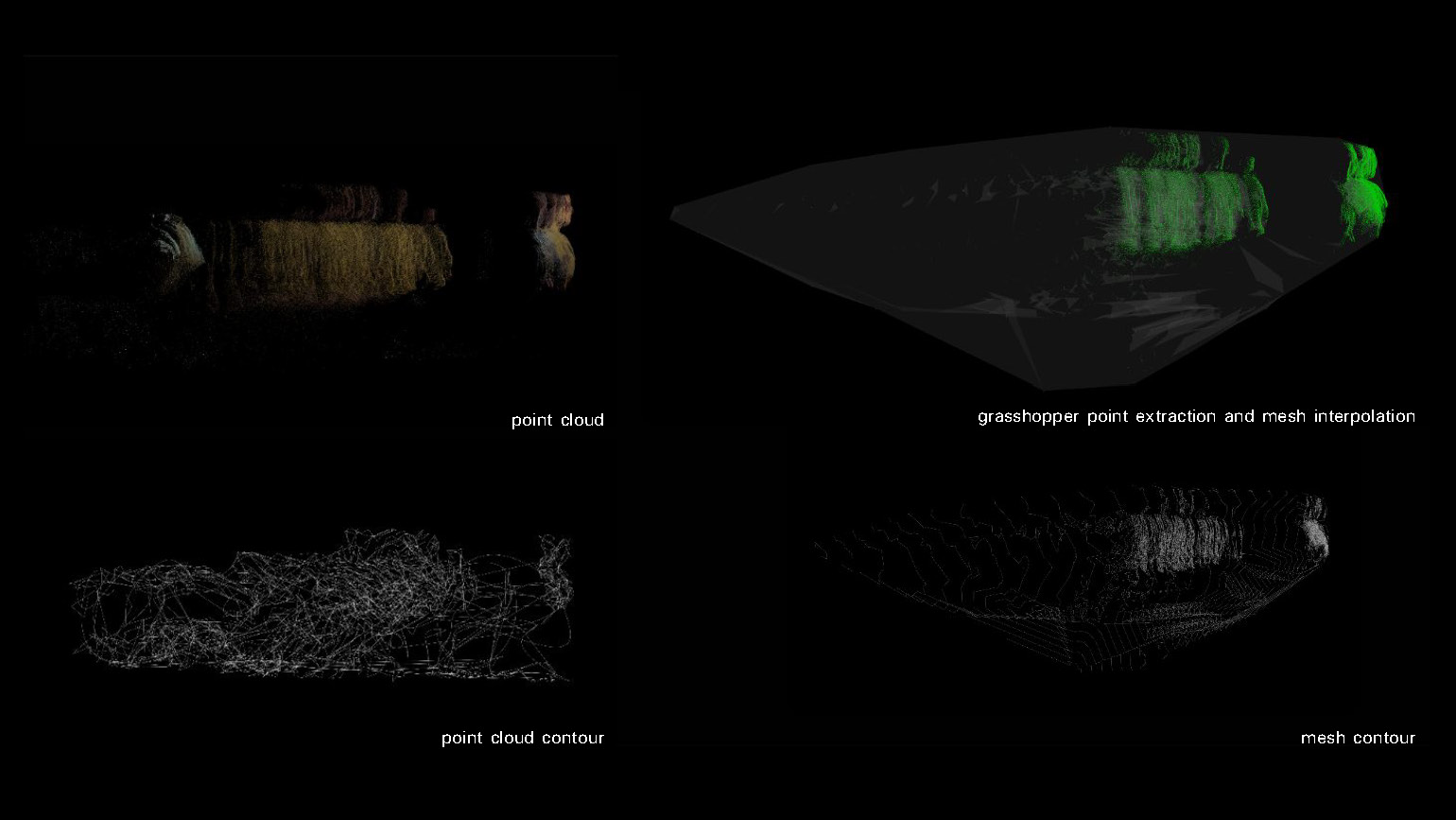





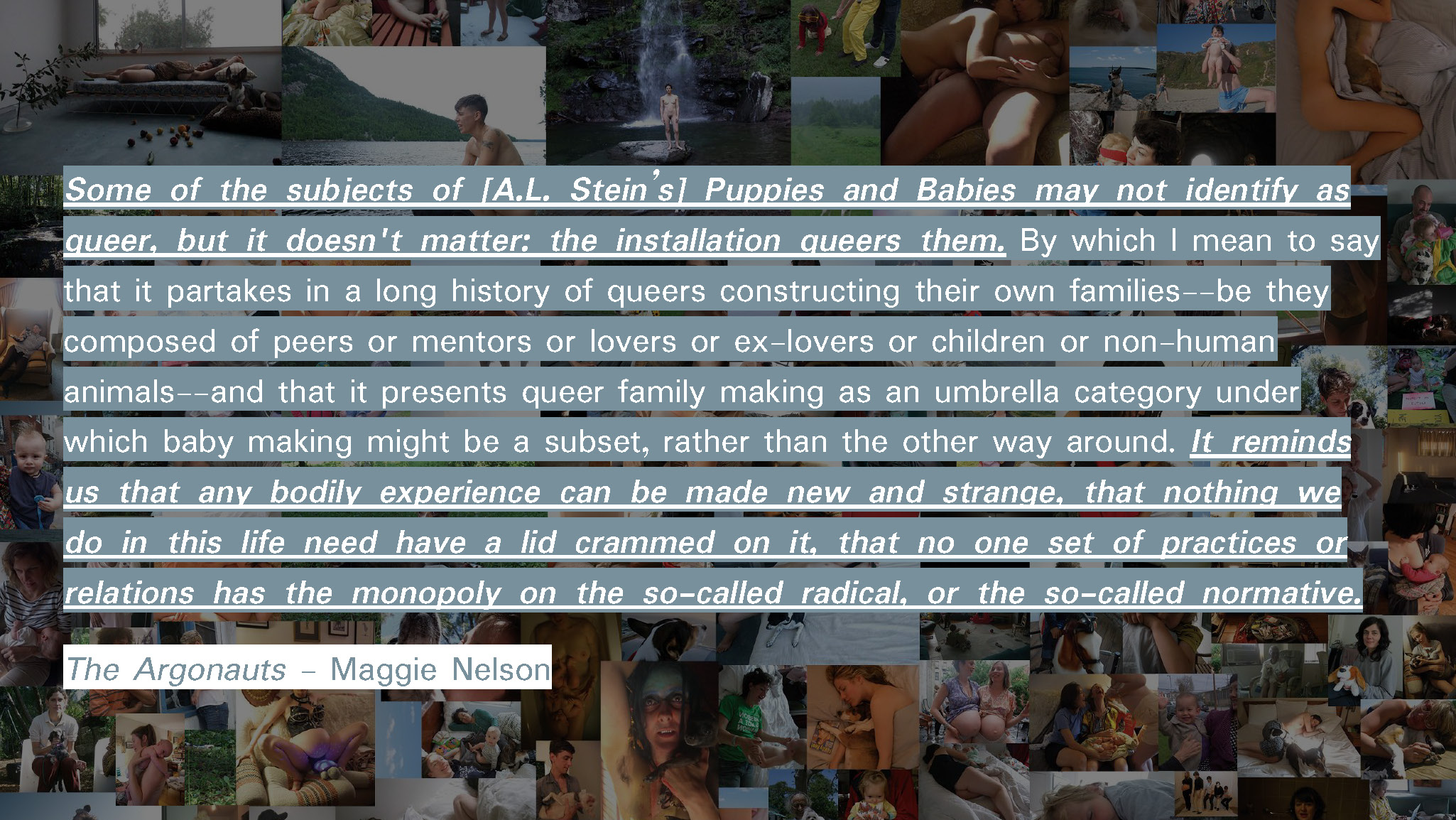
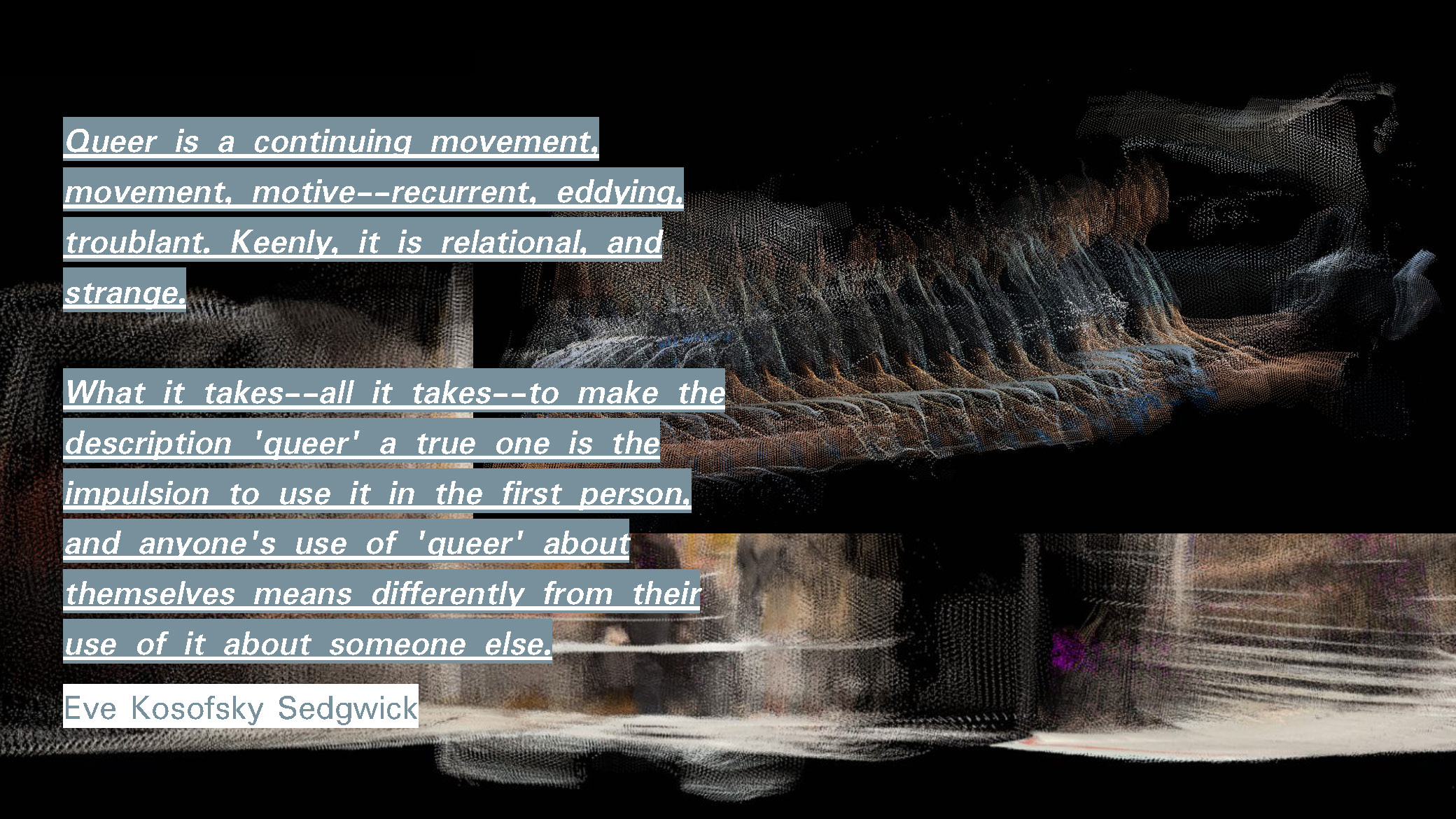
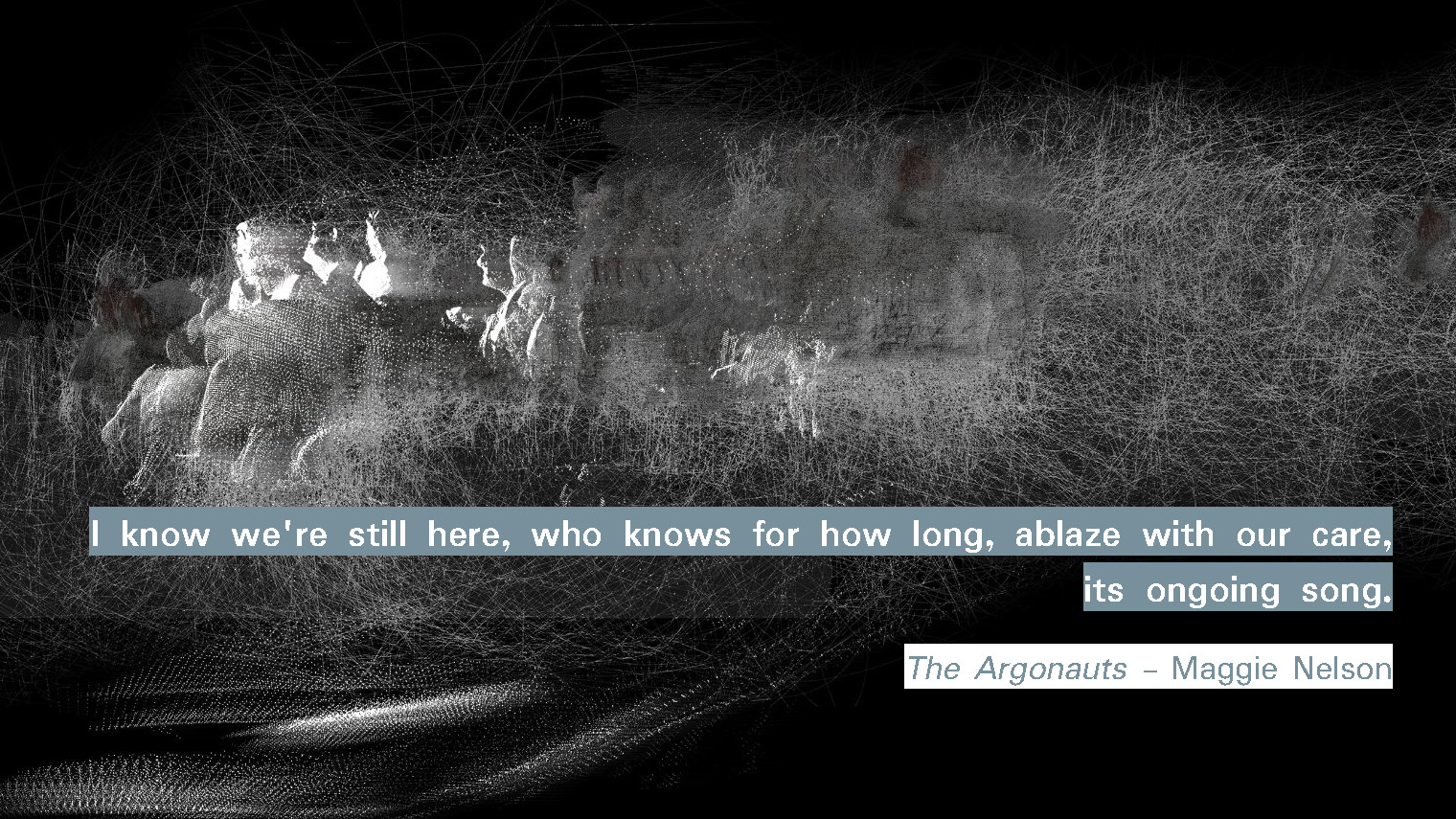
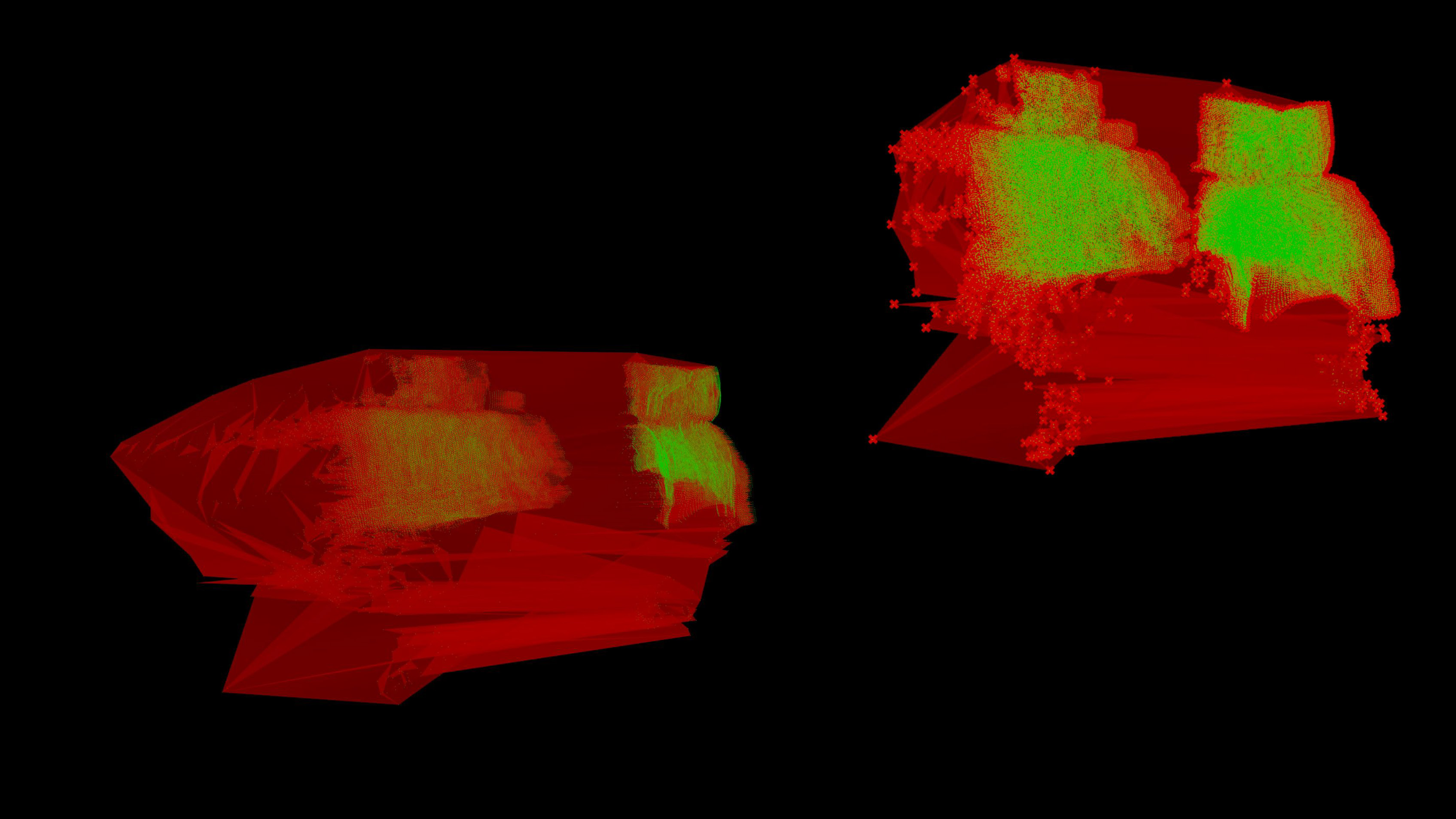

Advised by Mary-Lou Arscott and Heather Bizon
How does architecture relate to intimacy and connection? This thesis seeks to center the role of the experiential and the body over physical architecture. Fundamentally, this reading of architectural space relies on the idea that the primary concern of design is to evoke emotion through the ephemeral. I aim to capture feelings through architectural methodologies in an effort to center the human experience and shake the principles and understandings our discipline takes for granted.
Audre Lorde, in her essay Uses of the Erotic: The Erotic as Power states: “there is, for me, no difference between writing a good poem and moving into sunlight against the body of a woman I love.” Morning light streaming through the windows, the sound of laughter bouncing off kitchen tile, the movement of the body(ies) against linen sheets; these are the moments which are encoded in every space we inhabit. In this way, the body and the built environment impress on one another reciprocally, (re)inscribing the everyday on our environment. Timothy Morton writes that “causality is… the sliding of two over one another sustains a quivering, vibrating momentum, an energy, a flickering that we instantly reify by giving it a certain name: present… Time and space are nothing other than the way a thing slips and slides around itself.” The reciprocity of interaction between space and body folds time back upon itself and calls back to memories embedded in physical artifacts and architectural materials.
Elizabeth Grosz, in Architecture from the Outside (2001), writes, “The space of the in-between is the locus of social, cultural, and natural transformations . . . where becoming, openness to futurity, outstrips the conservational impetus to retain cohesion and unity.” This reading advocates for the importance of the architecturally liminal, the everyday, and the interior. Perceiving the built environment as a series of architectural objects fundamentally ignores the importance of that which is human and intimate; it is a tragedy that most architectural discourse ends as soon as construction is completed.
Methodologies explored in this thesis will combine video and soundscape, lidar scanning, photography, and collage with physical modeling to demonstrate the ways in which our bodies impress on the discipline of architecture, the built environment, and each other. Experimenting with strange confrontations of the body in space argues for a decentering of physical architectural spaces in favor of humanity. The discipline and academy of architecture often sideline or dispel conversations of labor, gender, sexuality, and class as extraneous to “pure” explorations of space; I argue that the challenges of the anthropocene necessitate the integration of these questions into every discussion of architecture. Elio Choquette argues for "a “queering” of architecture—a resistance to architecture as a tool of oppression and a re-appropriation of space as a tool of transformation. [This] is thus necessary for its transformative potential to be unleashed." By observing spatial forces from these interdisciplinary lenses, architecture has the potential to ask questions of inequality, ethics, and community that are omnipresent in our era.
This thesis aims to calibrate the nexus between seduction and analysis, to provide a critical reading of the movement of the body in space while evoking the power of embedded memories.
Audre Lorde, in her essay Uses of the Erotic: The Erotic as Power states: “there is, for me, no difference between writing a good poem and moving into sunlight against the body of a woman I love.” Morning light streaming through the windows, the sound of laughter bouncing off kitchen tile, the movement of the body(ies) against linen sheets; these are the moments which are encoded in every space we inhabit. In this way, the body and the built environment impress on one another reciprocally, (re)inscribing the everyday on our environment. Timothy Morton writes that “causality is… the sliding of two over one another sustains a quivering, vibrating momentum, an energy, a flickering that we instantly reify by giving it a certain name: present… Time and space are nothing other than the way a thing slips and slides around itself.” The reciprocity of interaction between space and body folds time back upon itself and calls back to memories embedded in physical artifacts and architectural materials.
Elizabeth Grosz, in Architecture from the Outside (2001), writes, “The space of the in-between is the locus of social, cultural, and natural transformations . . . where becoming, openness to futurity, outstrips the conservational impetus to retain cohesion and unity.” This reading advocates for the importance of the architecturally liminal, the everyday, and the interior. Perceiving the built environment as a series of architectural objects fundamentally ignores the importance of that which is human and intimate; it is a tragedy that most architectural discourse ends as soon as construction is completed.
Methodologies explored in this thesis will combine video and soundscape, lidar scanning, photography, and collage with physical modeling to demonstrate the ways in which our bodies impress on the discipline of architecture, the built environment, and each other. Experimenting with strange confrontations of the body in space argues for a decentering of physical architectural spaces in favor of humanity. The discipline and academy of architecture often sideline or dispel conversations of labor, gender, sexuality, and class as extraneous to “pure” explorations of space; I argue that the challenges of the anthropocene necessitate the integration of these questions into every discussion of architecture. Elio Choquette argues for "a “queering” of architecture—a resistance to architecture as a tool of oppression and a re-appropriation of space as a tool of transformation. [This] is thus necessary for its transformative potential to be unleashed." By observing spatial forces from these interdisciplinary lenses, architecture has the potential to ask questions of inequality, ethics, and community that are omnipresent in our era.
This thesis aims to calibrate the nexus between seduction and analysis, to provide a critical reading of the movement of the body in space while evoking the power of embedded memories.
︎︎︎upham’s corner public library . norrebro cohousing︎︎︎
